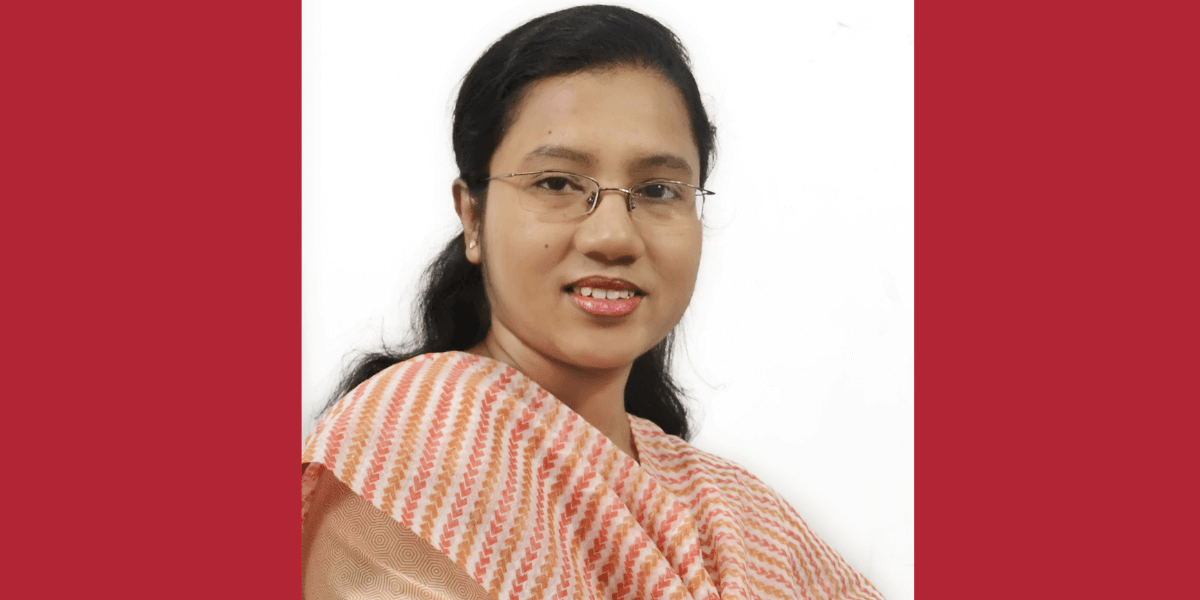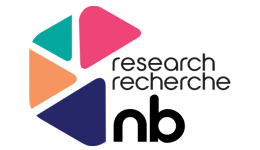
How an AGE-WELL trainee is detecting depression through speech
AUTHOR(S) & CREDENTIALS: Mashrura Tasnim, PhD candidate and AGE-WELL trainee, and Karolina Jalowska, Digital Media Coordinator at the APPTA hub and AGE-WELL NCE
AFFILIATED INSTITUTION(S): AGE-WELL National Innovation Hub: APPTA
Can you tell us a bit about yourself?
I completed my undergraduate degree and MSc in Computer Science and Engineering from Bangladesh University of Engineering and Technology. Before coming to Canada to pursue my PhD in Computing Science at the University of Alberta, I served as a lecturer at Eastern University, Bangladesh for 3 years.
I learned about AGE-WELL from my supervisor Professor Eleni Stroulia when I began my PhD studies. Her exciting projects to support healthy aging encouraged me to get involved. Completing the certificate program as an AGE-WELL trainee was an exciting experience. This well-designed program has not only broadened my knowledge and outlook towards research methodologies and ethics, but also introduced me to the rich resource archive, and ongoing activities in this platform. Being an AGE-WELL trainee has provided me with the opportunity to connect with and learn from an extremely diversified community of experts and researchers
What is your current project about and what inspired you to begin working on it?
Our goal is to develop smart applications that monitor the emotional states of an individual and generate informative reports for the user and their care person. We are working on an efficient machine learning model that can detect depression by analyzing a user’s speech. The first step in the process is to collect voice samples from depressed and non-depressed individuals. In this phase, the data is labeled, which means that as researchers we know which samples originate from depressed individuals and which belong to non-depressed individuals. We code those samples and use them to construct a machine learning model of what types of acoustic features correspond to depressed and non-depressed individuals. Once this model is accurate enough, we could use it to detect whether someone is depressed based on the sound of their voice.
This summer, I am pursuing a research internship at the Winterlight Labs, where I have the opportunity to analyze a large set of audio samples which will be helpful to develop a more accurate machine learning model for detecting depression.
What are some of the current or future real-world applications?
Depression is one of the most common disorders faced by older adults. People with depression experience a lack of interest and pleasure in daily activities, significant weight loss or gain, insomnia or excessive sleeping, lack of energy, inability to concentrate, feelings of worthlessness or guilt, and recurrent thoughts of death or suicide. Ten to 15 percent of seniors suffer from depression in Canada, increasing their risk of death by two to three times. In my research, I am interested in developing a practical system to monitor cognitive and mental-health indicators by analyzing the sound of users’ voices. Our anticipated system will be useful for early self-detection of the symptoms of depression, as well as continuous monitoring of individuals diagnosed with depression. Anyone suffering from depression, their care persons, and mental health care professionals can benefit from the system we plan to develop.
What are some important policy implications your project may have?
The app we are envisioning has numerous policy implications. The first relates to the privacy and security of the data. We are receiving substantial interest from commercial entities for our work but we feel strongly that this service should be supported by a government agency, subject to the scrutiny of public bodies. We have to ensure that the data is not accessible to unauthorized entities. The question then becomes “who has the authority to consent to their data use and authorize users to access their data”; given that the subject who generates the data may not be cognitively intact, this becomes a real challenge. Finally, another important policy issue relates to the responsibility of the healthcare system to respond to the evidence represented by the data: if indeed the service is offered by the public health system, the system has a duty to care, and therefore the app has to be integrated into the overall healthcare system.

